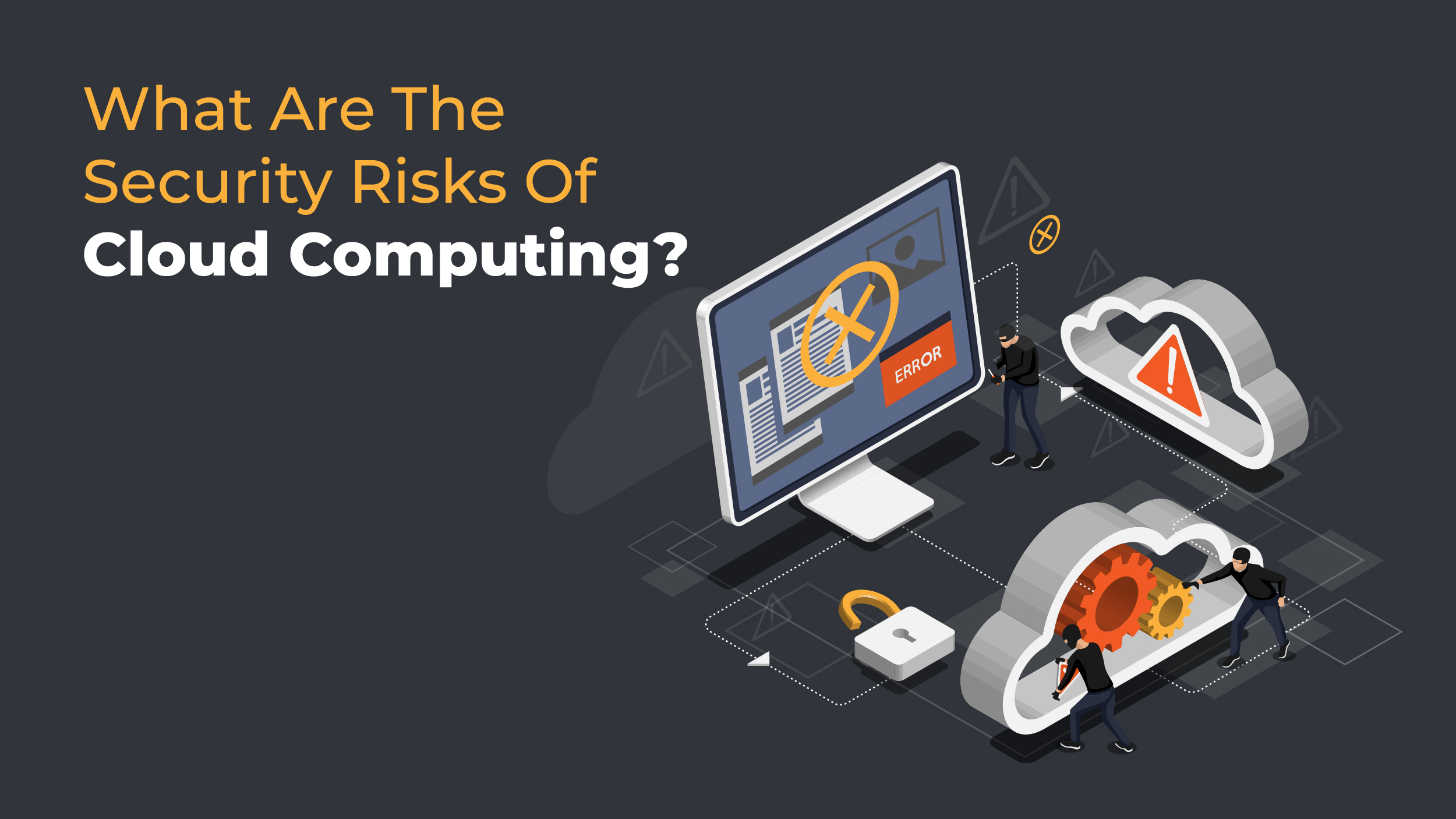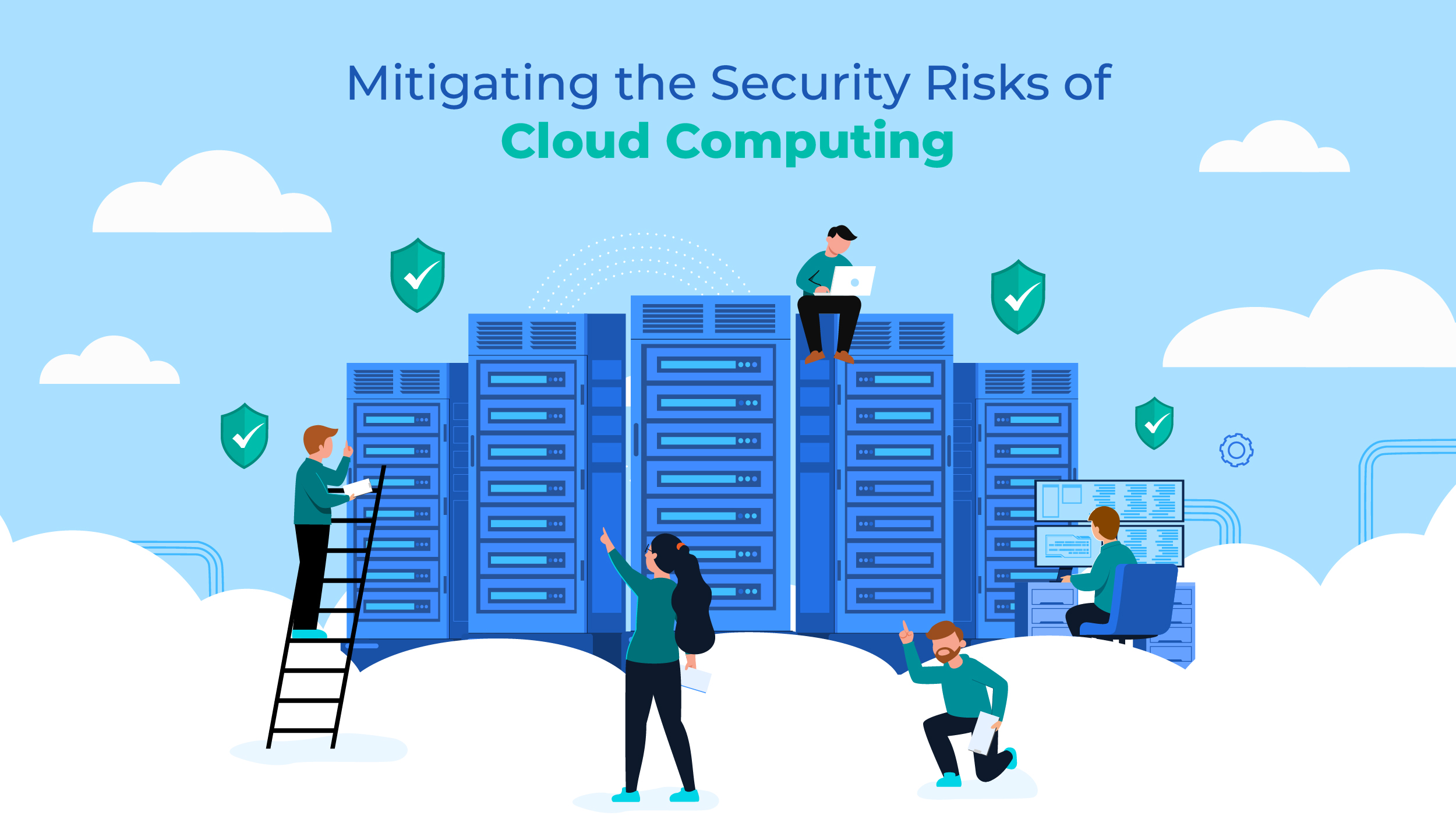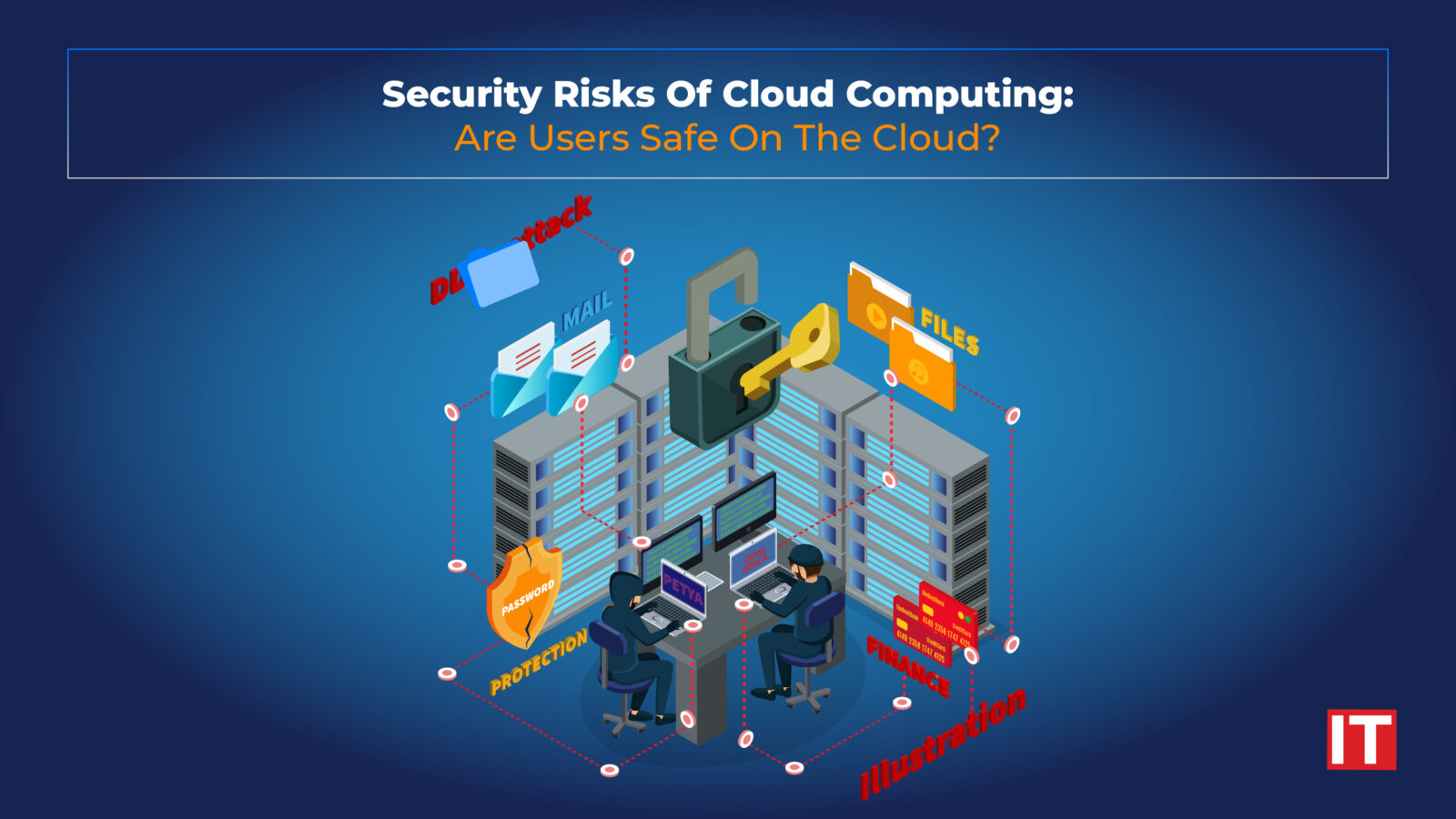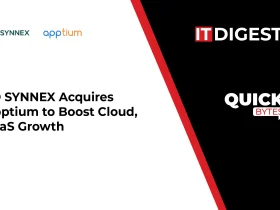Cloud computing is not a recent phenomenon, as evidenced by the fact that 66% of small tech companies and 74 percent of enterprises have enthusiastically adopted it. The appeal lies in its evident advantages, such as scalability, accessibility, and reliability. However, the organizations providing cloud infrastructure and services, known as cloud platform providers, are not impervious to security concerns. Companies should consider security risks of cloud computing.
Without further ado, let’s delve into this concept.
A Glimpse into Cloud Computing Security
Before entrusting critical business data to the cloud, it is only fair to question the security risks of cloud computing. You do not have complete control over preventing unauthorized access once you save something to the cloud. As a result, the cloud provider must notify you of any risks upfront, ensuring that you understand the risks and take the necessary precautions to mitigate them.
Hackers today use a variety of phishing emails and malware to obtain sensitive information stored on your system disks. Furthermore, it is not a herculean task for them to freeze your computer, delete data, or demand a ransom to unlock it. On the cloud, however, cybersecurity is more difficult.
Data stored in the cloud is unquestionably more secure than data stored offline. Today, most cloud providers follow the strictest security protocols, such as HIPAA, SOC 2, GDPR, and others, to ensure that your data is safe and secure.
What Are The Security Risks Of Cloud Computing?
 The security threats confronting today’s traditional data center environments overlap in many ways with those confronting a cloud computing environment. On both sides, cybercriminals intend to exploit software vulnerabilities. However, cloud computing adds a new dimension in that the responsibility for addressing and mitigating those risks is shared by the cloud service provider (CSP) and the organization. Understanding the intricacies of these relationships is essential for ensuring cloud security as operations shift to cloud computing models.
The security threats confronting today’s traditional data center environments overlap in many ways with those confronting a cloud computing environment. On both sides, cybercriminals intend to exploit software vulnerabilities. However, cloud computing adds a new dimension in that the responsibility for addressing and mitigating those risks is shared by the cloud service provider (CSP) and the organization. Understanding the intricacies of these relationships is essential for ensuring cloud security as operations shift to cloud computing models.
Malware
Moving large amounts of sensitive data to an internet-connected cloud environment exposes organizations to additional cyber threats and security risks of cloud computing. Malware attacks are a common threat to cloud security, with studies showing that as cloud usage increases, nearly 90% of organizations are more likely to experience data breaches. Organizations must be aware of the evolving threat landscape as cybercriminals become more sophisticated in their attack delivery methods.
Also Read: The Beginner’s Guide to Understanding and Monitoring IoT-Enabled Medical Devices
Loss of data
Data leakage is a growing concern for businesses, with more than 60% citing it as their top cloud security concern. As previously stated, cloud computing necessitates organizations ceding some control to the CSP. This could mean that the security of some of your organization’s critical data is in the hands of someone other than your IT department. If a breach or attack occurs at the cloud service provider, your organization will not only lose its data and intellectual property but will also be held liable for any resulting damages.
Hijacking of Accounts
Many people have extremely poor password security, including the use of weak passwords and password reuse. Since it allows a single stolen password to be used on multiple accounts, this issue exacerbates the impact of phishing attacks and data breaches.
As organizations increasingly rely on cloud-based infrastructure and applications for core business functions, account hijacking is one of the more serious security risks of cloud computing. An attacker with access to an employee’s credentials can gain access to sensitive data or functionality, and compromised customer credentials grant complete control over their online account. Furthermore, organizations in the cloud frequently lack the ability to identify and respond to these threats as effectively as on-premises infrastructure.
Insecure Interfaces/APIs
Customers are frequently provided with various application programming interfaces (APIs) and interfaces by CSPs. In general, these interfaces are well documented in order to make them accessible to CSP customers.
However, if a customer has not properly secured the interfaces for their cloud-based infrastructure, this can lead to problems. A cybercriminal can use the documentation designed for the customer to identify and exploit potential methods for accessing and exfiltrating sensitive data from an organization’s cloud environment, exposing them to the security risks of cloud computing.
External Sharing of Data
The cloud is intended to make data sharing simple. Many clouds allow you to invite a collaborator explicitly via email or share a link that allows anyone with the URL to access the shared resource.
While this ease of data sharing is beneficial, it can also invite the security risks of cloud computing. The use of link-based sharing, which is a popular option because it is easier than explicitly inviting each intended collaborator, makes controlling access to the shared resource difficult. The shared link can be forwarded, stolen as part of a cyberattack, or guessed by a cybercriminal, allowing unauthorized access to the shared resource. Furthermore, link-based sharing makes it impossible to revoke access to just one recipient of a shared link.
Mitigating the Security Risks of Cloud Computing
 Without a doubt, cloud computing gives businesses virtual access to their critical data from anywhere, without the need to maintain a server. However, with remote access to sensitive and business-critical data, adequate risk management is required to prevent hackers from breaching cloud applications.
Without a doubt, cloud computing gives businesses virtual access to their critical data from anywhere, without the need to maintain a server. However, with remote access to sensitive and business-critical data, adequate risk management is required to prevent hackers from breaching cloud applications.
Understanding the vulnerabilities and security risks of cloud computing is critical for protecting your company from cybercriminals. Businesses concerned about their cloud security will greatly benefit from cyber security solutions that include cloud penetration testing services. Cloud penetration testing can identify and manage threat monitoring for most cloud service providers, as well as provide businesses with detailed threat assessments.
Cloud computing certain other steps that you can take as an organization to mitigate the security risks of cloud computing include:
- Check that your online storage provider has a business continuity plan in place that outlines its strategy for protecting data stored on its servers in the event of a major emergency, such as a natural disaster or a terrorist attack.
- Inquire with your service provider about routine audits of security controls to protect end users’ personal data and sensitive files stored across their networks; if not, you may want to look for another cloud computing partner who can provide complete transparency about the security measures implemented by their system administrators.
- You should also inquire with your cloud storage provider if they provide training to educate employees about the potential cyber threats and security risks of cloud computing.
Final Takeaway
The security risks of cloud computing cannot be overlooked. While cloud computing offers numerous benefits such as scalability and cost-efficiency, it also introduces potential vulnerabilities that must be addressed. From data breaches and unauthorized access to service outages and data loss, organizations must prioritize the implementation of robust security measures to mitigate these risks. By implementing strong encryption, multi-factor authentication, regular security audits, and employing trusted cloud service providers, businesses can minimize the potential impact.




































